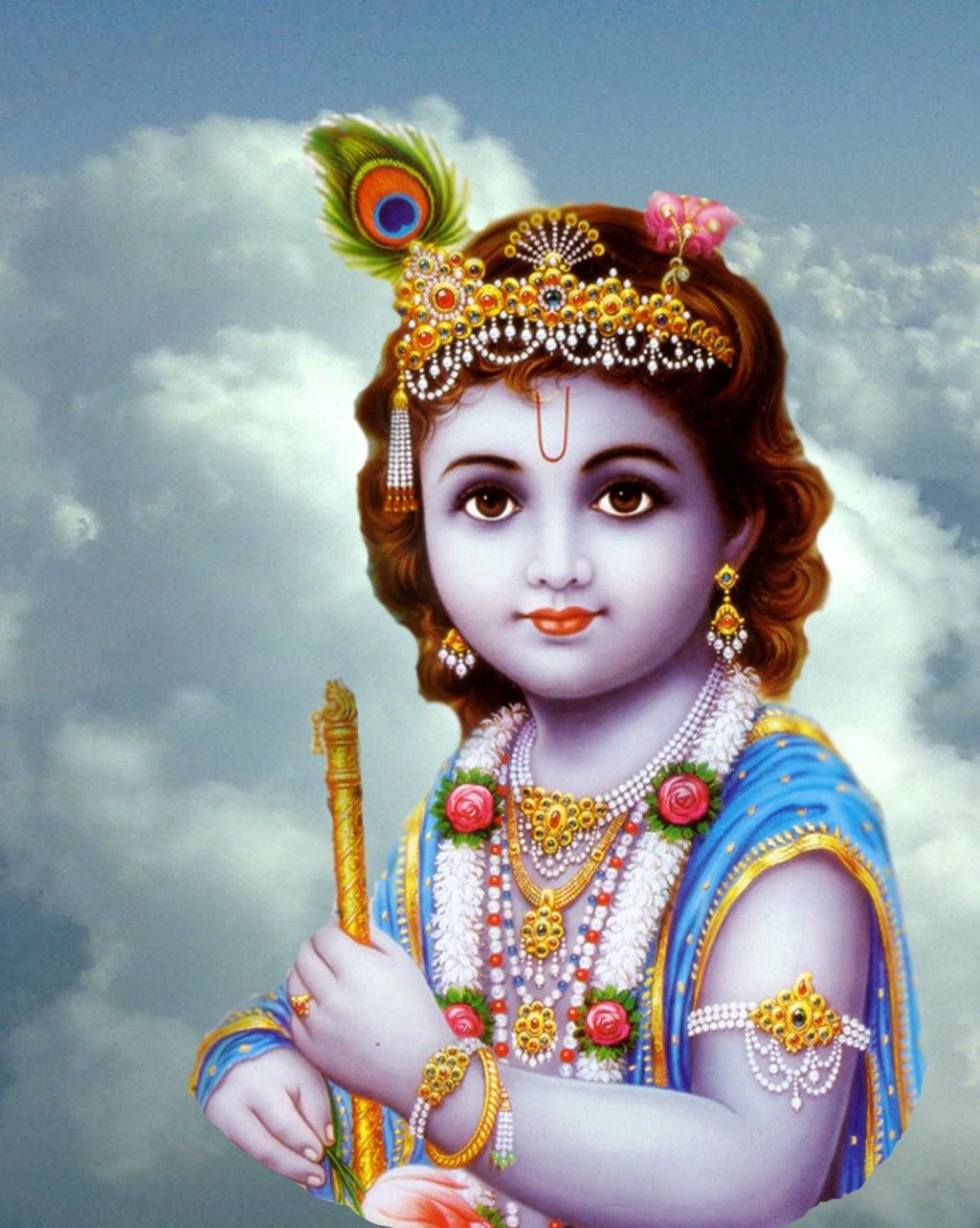
The peacock; significance in Indian mythology and culture
Whether it is the story of how Lord Krishna got a peacock feather on his crown or the story of how Buddha was born as a golden peacock in his previous life, the influence of the peacock in Indian mythology and culture is significant.
This cultural influence ultimately has an effect on traditional textiles such as saris. The peacock is the most commonly used motif on high-end silk saris, along with the paisley motif. As designers, it is important that we don't try and reinvent the wheel but add our delicate touch to what is already a great motif.
We have nearly 1000 different depictions of the peacock in our design archives, each of them having been painstakingly draw by hand. Here we present a few of our peacock motifs with a brief commentary on the creative process.
1.The Gandaberunda
We took this base and gave it a much gentler depiction similar to the shape of a peacock. One can find this depiction in traditional high-end Kanjivaram silk sarees.

2. The elegant peacock
This depiction is much closer to what the peacock actually looks like. The feathers are portrayed in an intricate manner and the peacock sits in a relaxed pose, usually having its neck slightly turned. While this is contemporary method of depicting the peacock, this version is quite popular for trendy Kanjivaram and soft silk saris, often used as motifs in the body in gold or silver zari.

3. The floral version
It is also common to reimagine the peacock as part of a grand floral pattern. This concept usually works for the body but in the pattern below, we've made it work as the border pattern of a grand zari-woven silk saree.

4. The vintage peacock
This is probably the most common theme of depicting the peacock, especially on Kanjivaram silk saris. The peacock is made up of minute traditional elements such as leaves, paisleys and flowers. This is often used along with the temple or rudraksh motifs, mostly for the paloo of silk sarees.

5. The 'Mayil-Chakra'
We cannot discuss depictions of the peacock without casting light on one of the most popular concepts in modern Indian textiles; the 'Mayil-chakra'. The peacock is drawn in a simple and yet classic way and paired with the chakra motif. The resulting pattern is mostly used to adorn the body of vintage Kanjivaram silk sarees.

